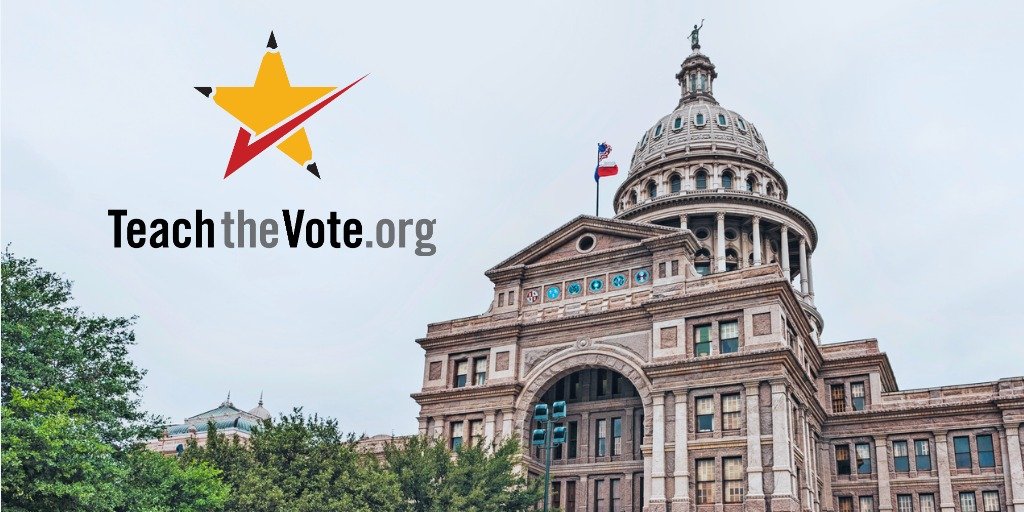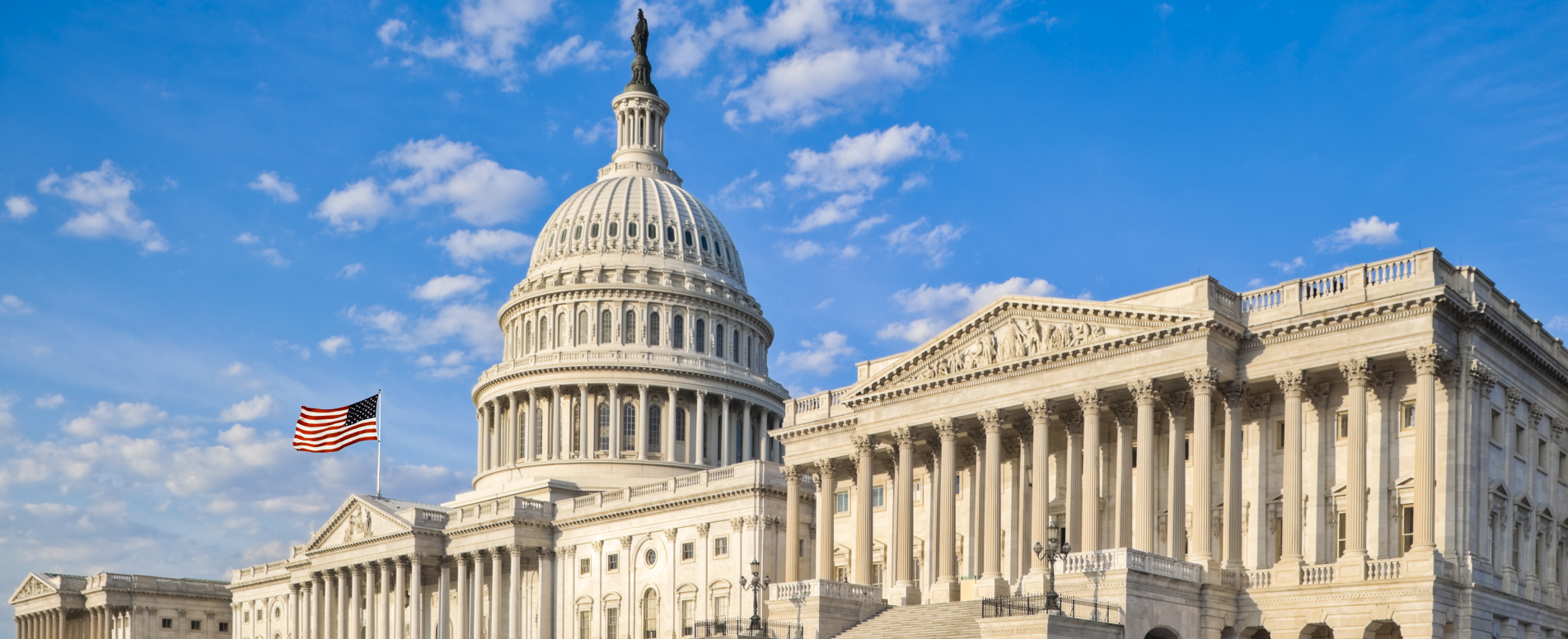Shutdown chaos deepens: Layoffs, lost oversight, and the future of IDEA

Date Posted: 10/17/2025 | Author: Heather Sheffield
This post is a follow-up to ATPE’s Oct. 9 Teach the Vote blog post on the ongoing federal government shutdown and its early impact on public schools. In the days since, the situation in Washington, D.C., has escalated sharply. What began as a lapse in federal funding has become an opportunity to create a structural crisis threatening the nation’s special education system and the federal agencies that safeguard it.
The federal government shutdown that began earlier this month has rapidly evolved from a fiscal standoff into a full-scale governance crisis, with sweeping implications for public education. The shutdown is being used to expedite mass firings of about 4,200 staff members across multiple agencies, including the U.S. Department of Education (DOE) and the Department of Health and Human Services (HHS). On a recent webinar, the Council of Administrators of Special Education (CASE) reported that approximately 466 had been cut, including all but two senior level staff. The consequences are especially dire for oversight and enforcement of the Individuals with Disabilities Education Act (IDEA) as the administration moves forward with plans to dismantle and relocate special education functions amid a government shutdown.
Why is the shutdown endangering public education?
In recent days, the DOE confirmed that hundreds of employees have been permanently laid off rather than temporarily furloughed. Unlike standard shutdown procedures, where federal employees are placed on unpaid leave until Congress passes a funding bill, this round of “reductions in force” is intended to be permanent. That means critical institutional knowledge and staffing capacity are being erased, not merely paused. According to multiple reports, the Office of Special Education Programs (OSEP) and its parent division, the Office of Special Education and Rehabilitative Services (OSERS), have been hit especially hard. These units are responsible for ensuring states and districts comply with IDEA, a cornerstone civil rights law for students with disabilities. Without federal oversight, states could begin ignoring their legal obligations to provide a free and appropriate public education. It’s important to note that Texas has been under federal oversight and required to implement a Corrective Action Plan (CAP) for special education since 2018, following a federal investigation that found systemic noncompliance with IDEA requirements.
Compounding the problem are plans to transfer IDEA oversight from DOE to HHS, a move the administration has floated for months as part of a broader effort to restructure or eliminate the Department of Education altogether. But HHS itself is now in crisis, facing its own round of mass firings and partial shutdowns, including near or total elimination of the HHS divisions that could have potentially housed a relocation of IDEA oversight. With both agencies gutted, the practical result is a void in federal special education leadership at precisely the time districts are submitting reports, seeking reimbursements, and preparing compliance reviews for the 2025–26 school year.
The administration’s stated goal is to streamline operations and reduce redundancy. However, the practical effect has been the near paralysis of core federal functions that support local schools. Grant approvals, civil rights investigations, and technical assistance are either delayed indefinitely or suspended entirely. For educators and administrators who depend on these federal offices for guidance and funding, the fallout is immediate. While federal funding for fiscal year 2024 has already been distributed, schools that rely on federal reimbursements for special education or Title I programs are already reporting delays. If these payments are not processed soon, some districts could face cash-flow shortfalls, forcing cuts to critical student services. The overall DOE discretionary funding is currently $78.8 billion, while IDEA alone is over $15 billion. It’s unclear how those funds will be managed without staff.
The situation has also sparked intense legal pushback. A federal judge in California has issued a temporary order blocking further layoffs during the shutdown, citing potential violations of the Antideficiency Act and the Administrative Procedure Act. The ruling follows lawsuits arguing the government cannot use a funding lapse as justification for permanent restructuring, which typically requires congressional action. The court will determine in the coming days whether the administration can legally continue reducing federal staffing levels or merging agency functions without congressional approval.
The implications extend well beyond Washington. IDEA is not simply a funding mechanism; it is a civil rights guarantee. Without federal enforcement, students with disabilities are at risk of losing essential supports such as speech therapy, specialized transportation, and individualized education programs. Many of these protections exist precisely because of historical inequities in local decision-making. If oversight shifts to states without federal accountability, families may find themselves with fewer avenues for recourse, particularly recourse that does not require costly litigation, when schools struggling with chronic underfunding fail to meet their legal obligations.
Educators and school leaders are left to navigate the uncertainty. Even if the shutdown ends soon, the damage to federal infrastructure may take months or in some instances years to repair. The backlog of grant reviews, monitoring reports, and unresolved complaints could stretch deep into the next fiscal year. In the meantime, local districts are being forced to fill the void, shouldering more administrative and compliance responsibilities with fewer resources.
The broader concern is what this moment reveals about the future of federal education policy. The combination of a government shutdown, mass firings, and interagency transfers suggests a deliberate attempt to shrink the federal support of public education, particularly in areas related to equity and oversight. What began as a budget standoff has become a test of whether long-standing civil rights protections can survive political and administrative upheaval.
ATPE will continue to monitor this unprecedented situation as courts, Congress, and the administration determine what comes next. For educators and families, the question is not only when the government will reopen but also whether the institutions that protect students’ rights will still be standing when it does.
What should educators watch for in the coming weeks?
In the coming weeks, educators and school administrators should keep a close eye on how long the shutdown persists and whether Congress intervenes to restore staffing levels at the Department of Education. The court proceedings over the legality of the layoffs will be particularly important as they will determine whether the administration can continue reshaping federal agencies during a funding lapse. Districts should also watch for updates on IDEA reimbursements, state plan approvals, and civil rights investigations, all of which are likely to remain stalled at a minimum until federal offices resume normal operations. If the transfer of IDEA oversight to HHS moves forward, it will be critical to assess whether that agency has the capacity, and the mandate, to uphold the same level of accountability and support that educators and families have come to rely on.
As the shutdown drags on, its effects will increasingly reach classrooms and students. ATPE will continue providing updates and resources to help educators understand how federal disruptions may impact their work and their students, especially those served under IDEA and other federally funded programs.
CONVERSATION
RECOMMENDED FOR YOU

11/24/2025
November 2025 SBOE Recap: Implications for 2026-27 and beyond
The packed agenda covered instructional materials, TEKS updates, graduation rules, parental rights training, and the new HB 1605 literary works list.

11/21/2025
Teach the Vote’s Week in Review: Nov. 21, 2025
Federal education oversight remains in turmoil as the Trump Administration pushes forward with plans to dismantle the Department of Education. Plus: Check out more of the latest education news on atpenews.org.

11/21/2025
After the shutdown ends, federal education oversight remains in turmoil
Although the government has reopened, the federal infrastructure that supports public education remains fragile, and the Trump Administration is pushing forward with plans to dismantle the Department of Education.
